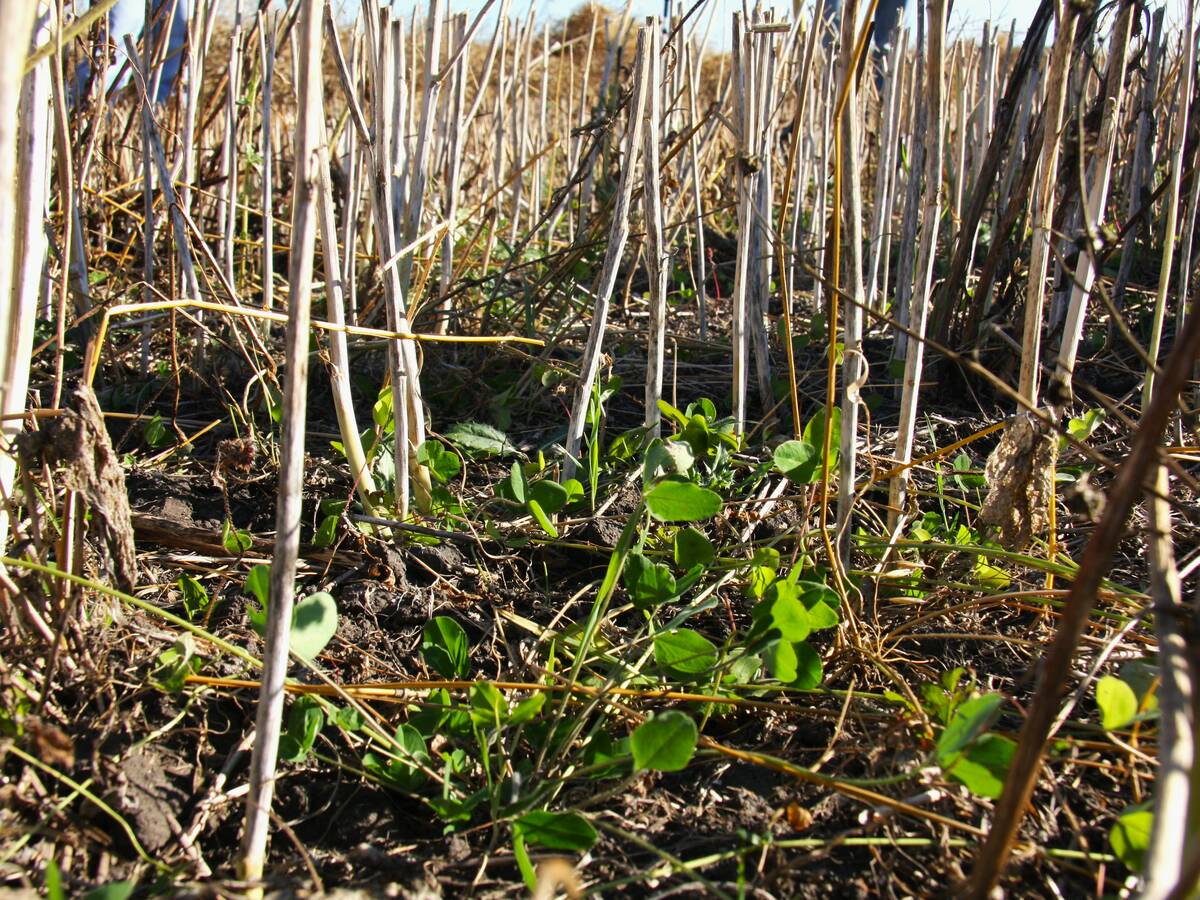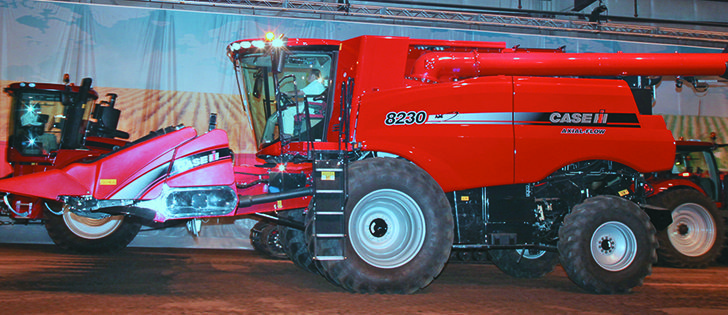Manufacturer’s outlook | Lower commodity prices and a high dollar among challenges for company
DENVER, Colorado — Not too many international corporate leaders facing a decline in market demand for their products would be as circumspect as Jim Walker.
Nor would they welcome fewer entries in their dealers’ order books.
Walker runs Case IH agricultural divisions in North America and says his company and its dealers are ready for a bit of a break after nearly five years of phenomenal sector expansion.
“We have seen a frenetic growth in agriculture over the past five years and that has created pressures on our industry,” said the Case IH vice-president.
Read Also

Saskatchewan project sees intercrop, cover crop benefit
An Indigenous-led Living Lab has been researching regenerative techniques is encouraging producers to consider incorporating intercrops and cover crops with their rotations.
Case IH has seen its sales rise from $1 billion in 2006 to $4 billion today.
“We were in the right place in at the right time, but we also had the right plan and the right people,” said Walker.
“Our core (agricultural) products have doubled in sales. We have increased machine population at a rate faster than our competitors have.
“Planter and sprayer growth has been dramatic,” he said.
Walker said the agricultural world has never strung together more years of significant profits as it has since 2008 and producers have responded with significant investment in machinery and technology worldwide.
“We have seen (North American) combine sales jump from 8,500 annually to 13,500 (today). Will it stay there? No. But it won’t go back to 8,500 either,” he said, suggesting that 10,000 or 11,000 might be a more reliable number for the near future.
Due to several factors facing the farming industry, producer incomes are dropping and with those declines will likely come some reductions in machinery sales.
“And it’s not a bad thing for our company. We need time to catch our breath,” he said during a set of corporate meetings held in Colorado last week.
“I look at the future of the next four or five years as a welcome relief and a opportunity to do business in a more manageable marketplace,” he said referring to corporate stresses caused by the pressures of factory expansions and just-in-time delivery cycles.
The dealer organization can also take time to invest in their businesses and examine their situations in the industry, he said.
He feels that farm machinery sales are peaking and predicts, like others in the industry, that fourth quarter orders will fail to meet 2012 numbers and likely have a lot further to fall over the coming seasons.
There are industry opinions that rising interest rates will put pressure on producers not to finance as much for machinery capital and lower commodity prices will cause them run machines longer before trading than in the most recent past.
High inventories of late model used machinery held at dealerships is also an issue. This pushes down the trade-in values, also causing farmers to hold machines longer than they have been.
In the U.S., sales of farm machinery have been affected by the Section 197 tax deduction for farm equipment, which allowed producers to write off machinery investments in the first year of up to $500,000 annually for 2012 and 2013, on top of standard depreciation.
In 2014, that will drop back to $25,000 and with it producers will likely pull back from new purchases.
Tier 4B emissions compliant machinery will also be a standard in 2014, and that will add new costs to the new equipment, making it less attractive for farmers, and likely pushing some to make investments in new gear in late 2013, where Tier 4A machines are still available.
According to the American Equipment Manufacturer’s Association, in the first half of 2013 Canadian farmers purchased 9.1 percent more four-wheel drive tractors than they did in 2012.
Combines jumped from 1,140 units in 2012 to 1,430 in 2013 for the same period, a rise of about 25 percent over the previous year and much higher than the traditional sales level.
U.S. retail sales for combines were up 35.6 percent for the same time frame, over 2012 numbers, with large four wheel drive tractors up 8.5 percent.
Walker said despite those challenges he outlined, he sees the farm equipment business as being very healthy for the coming years, with strong profits for the sector.















